Cards In This Set
| Front | Back |
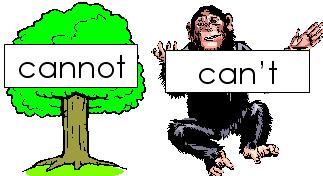 A reduced form often marked by an apostrophe in writing- e.g. can’t = cannot |
Contraction
|
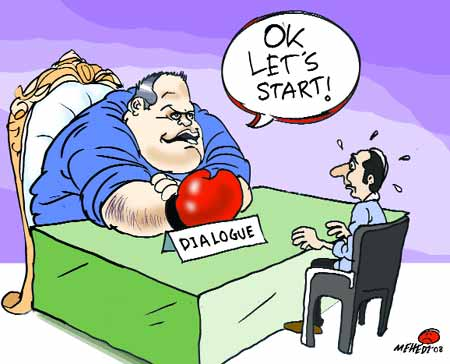 Words and phrases which are used to signal the relationship and connections between utterances and to signpost that what is said can be followed by the listener or reader. e.g. ‘first,’ ‘on the other hand,’ ‘so anyway.’ etc. |
Discourse marker
|
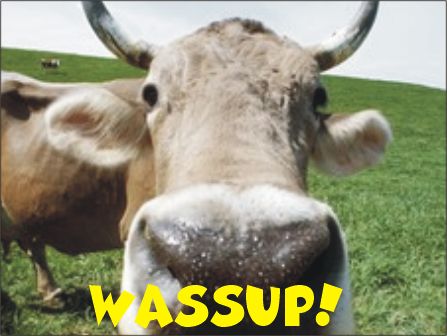 The omission or slurring of more or more sounds or syllables e.g. gonna =going to ; wassup = what is up |
Elision
|
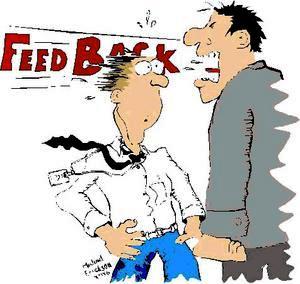 Words, phrases and non-verbal utterances used by a listener to give feedback to a speaker that the message is being followed and understood e.g. ‘I see,’ ‘uh huh.’ |
Back-channel
|
|
Items which do not carry conventional meaning but which are inserted in speech to allow time to think, to create a pause or to hold a turn in conversation. Examples are ‘er,’ ’ um ’,’ah.’
|
Filler
|
 An alteration that is suggested or made by a speaker, the addressee, or audience in order to correct or clarify a previous conversational contribution. |
Repair
|
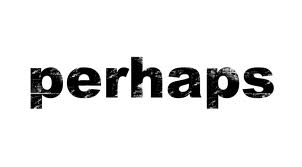 Words and phrases which soften or weaken the force with which something is said e.g. ‘perhaps’, ‘maybe’, ‘sort of’, ‘possibly’,’ I think’. |
Hedge
|
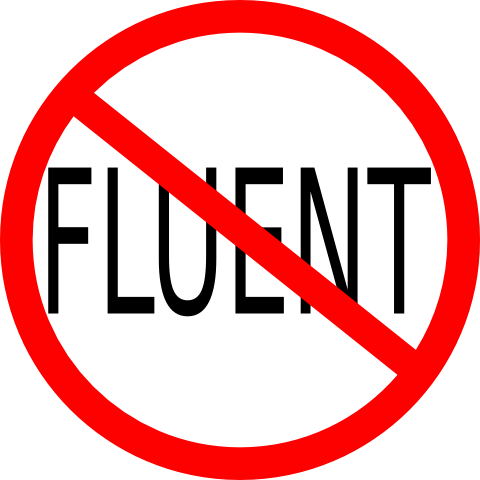 Typical and normal characteristics of spoken language that interrupt the ‘flow’ of talk. Some examples: hesitations, false starts, fillers, repetitions, overlaps and interruptions. |
Non-fluency features
|
|
The omission of part of a grammatical structure. For example in the dialogue: ‘’You going to the party?’’/’’Might be.’’ – the verb ‘are’ and the pronoun ‘I’ are missed out. The resulting ellipsis conveys a more casual and informal tone.
|
Ellipsis
|
|
Language to get things done or to transmit content or information[ used when the participants are exchanging goods and /or services]
|
Transactional talk
|
|
A turn is a time during which a single participant speaks, within a typical, orderly arrangement in which participants speak with minimal overlap and gap between them. The principal unit of description in conversational structure.
|
Turn taking
|
|
Language in conversation used for interpersonal reasons and/or socialising.
|
Interactional talk
|
|
Strings of words normally added to a declarative sentence to turn the statement into a question e.g. ‘’it’s a bit expensive round here, isn’t it?’’
|
Tag question
|



